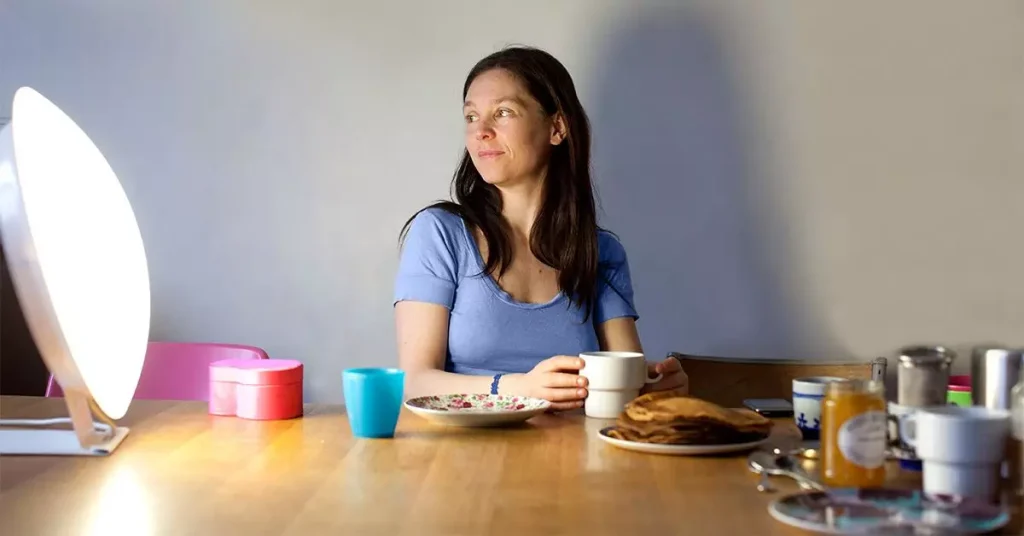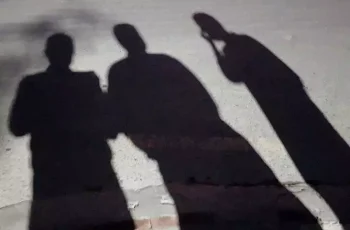As winter approaches and daylight hours diminish, many individuals experience feelings of fatigue and sadness, commonly referred to as Seasonal Affective Disorder (SAD). This condition, recognized as a major depressive disorder with a seasonal pattern, typically surfaces during the colder months when natural sunlight is limited. Symptoms can range from persistent feelings of sadness and irritability to sleep disruptions, significantly impacting daily life and prompting many to seek effective treatment options.

Understanding Seasonal Affective Disorder
SAD is more than just a temporary winter blues; it is a clinical condition that requires proper attention and treatment. It affects not only emotional health but also physical wellness and overall quality of life. Unlike occasional feelings of sadness, SAD presents a prolonged and debilitating challenge, urging those affected to pursue remedies that can alleviate their symptoms. The impact of SAD can be profound, leading to decreased productivity, strained relationships, and a general sense of hopelessness during the winter months.
Research indicates that SAD is linked to changes in light exposure, which can disrupt the body’s internal clock, known as the circadian rhythm. This disruption can lead to imbalances in neurotransmitters, particularly serotonin, which plays a crucial role in mood regulation. Additionally, levels of melatonin, a hormone that regulates sleep, can increase during the darker months, contributing to feelings of lethargy and sadness.
Phototherapy: A Promising Solution
Phototherapy, also known as light therapy, provides a hopeful alternative for those suffering from SAD. This treatment involves using a specially designed light box that emits bright light similar to natural sunlight, offering a non-invasive way to combat the symptoms of seasonal depression and other mood disorders. The underlying mechanism of phototherapy is based on its ability to reset the body’s internal biological clock, enhance serotonin levels, and decrease melatonin production.
Typically, individuals undergoing light therapy participate in sessions lasting around 30 minutes each morning, positioning themselves near the light source while engaging in activities such as reading or working. This method allows for a practical integration of therapy into daily routines, making it easier for individuals to adhere to treatment. Since its introduction in the 1980s, phototherapy has become a preferred treatment option for seasonal depression, boasting minimal side effects compared to traditional medications.
How Light Therapy Works
The effectiveness of light therapy lies in its ability to regulate circadian rhythms—the body’s natural sleep-wake cycle. Emerging research, including findings from a 2024 review, highlights its potential to improve sleep quality and reduce stress levels. By counteracting melatonin, which promotes sleepiness, and increasing serotonin, known for its mood-enhancing properties, light therapy offers essential clinical benefits for navigating the darker months.
Health organizations, including the National Health Service (NHS), support light therapy as a viable treatment option on par with pharmacological interventions. This endorsement underscores the growing recognition of light therapy’s efficacy and its broad applicability for individuals who may prefer to avoid medications due to concerns about side effects or personal preferences.
Accessibility and Cost Considerations
While light therapy presents a promising solution, accessibility and cost can be significant barriers. High-quality light boxes designed for effective treatment can be expensive, and insurance coverage varies widely, often leaving patients to bear the financial burden. This challenge can limit access for many individuals already facing economic difficulties due to their mental health conditions.
Nevertheless, the investment in light therapy often yields significant returns in terms of improved mental health and overall well-being. For many, a few minutes of daily light exposure can dramatically enhance their winter experience, allowing them to regain a sense of normalcy and joy even during the darkest months. Many users report feeling more energized, motivated, and optimistic after consistent use of light therapy.
Important Considerations and Potential Side Effects
While light therapy is generally considered safe, it may not be suitable for everyone. Individuals with photosensitivity, such as those with lupus or certain skin conditions, should consult healthcare professionals before starting treatment. Additionally, some people may experience mild side effects during the initial stages of therapy, including headaches, eye strain, or mood fluctuations. These effects typically diminish as the body adjusts to the therapy, but if they persist, seeking guidance from a medical professional is advisable.
It’s also important for individuals to choose the right light box. Not all light boxes are created equal; effective devices should emit a brightness of at least 10,000 lux and filter out harmful UV rays. Consulting with a healthcare provider can help patients select the most appropriate device for their needs.
The Future of Light Therapy
As research continues to explore optimal treatment durations and light intensities, the future of phototherapy looks promising. Ongoing studies aim to refine the understanding of how light therapy can be tailored to individual needs, potentially enhancing its effectiveness. For instance, researchers are investigating the best times of day for light exposure, the ideal duration of sessions, and how different wavelengths of light may affect mood and behavior.
With a growing understanding of the role of light in mental health, therapies like phototherapy represent a crucial shift towards holistic approaches that prioritize both emotional and physical health. This innovative treatment symbolizes a pivotal change in how mental health conditions are approached, emphasizing the importance of environmental factors in our overall well-being.

Conclusion
In conclusion, phototherapy offers a viable and effective treatment option for individuals suffering from Seasonal Affective Disorder. By leveraging the power of light to regulate mood and promote well-being, this therapy provides a beacon of hope during the darker months. As more individuals seek effective methods to combat the symptoms of SAD, understanding the benefits and mechanisms of light therapy can empower them to take proactive steps toward improving their mental health.
With continued research and advancements in light therapy, we can anticipate even greater efficacy and accessibility in the future, helping countless individuals reclaim their joy and vitality during the winter months. Embracing light therapy is not just about alleviating symptoms; it is about fostering a deeper connection to our environment and enhancing our quality of life, even in the face of seasonal challenges.

